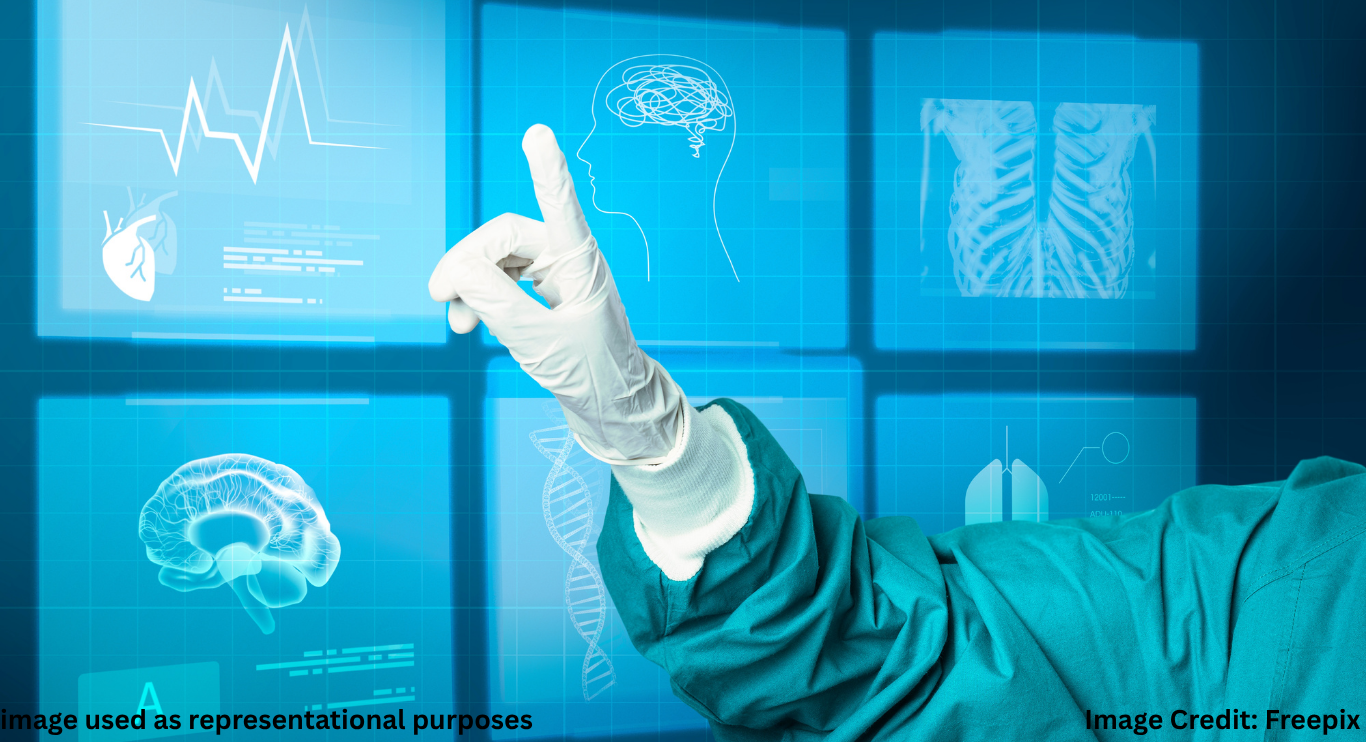
Treating Chronic Pain Shows Promising Results with an Experimental Approach
Living with chronic pain is a daily battle that millions of people face worldwide. For some, it’s a dull ache that never truly fades. For others, it’s sharp, relentless, and affects nearly every aspect of life. Treating chronic pain is hard, but an experimental approach is offering hope to those who have struggled for years without relief.
Understanding Why Treating Chronic Pain is Hard
Chronic pain is different from the occasional soreness we get from exercise or minor injuries. It often stems from underlying conditions like arthritis, nerve damage, or fibromyalgia. In many cases, the pain lingers long after the initial injury has healed. This makes treatment incredibly complex. Traditional solutions such as painkillers, physical therapy, and surgery often provide limited relief or come with side effects that are just as challenging.
The Experimental Approach That Offers Hope
Researchers are now testing a new method aimed at not just dulling the pain but retraining the brain’s response to it. Instead of focusing solely on the body, this approach targets how the brain processes pain signals. By combining neuroscience, mindfulness techniques, and innovative technology, the goal is to help patients regain control over their perception of pain.
How This Method Works
The experimental approach uses a mix of brain retraining exercises, non-invasive nerve stimulation, and personalized cognitive therapy. Patients are guided to visualize pain differently, engage in specific physical movements, and receive gentle electrical impulses that aim to reset how their nervous system communicates. The idea is that if the brain can learn to downplay pain signals, the actual sensation can be reduced significantly.
Real-Life Success Stories
Take Sarah, for example, a 42-year-old teacher who lived with chronic lower back pain for over a decade. After years of prescription medications and multiple surgeries, she felt her life shrinking. She was introduced to this experimental program through a clinical trial. Within three months, she noticed that her pain episodes were shorter and less intense. More importantly, she could return to hobbies like gardening and light hiking.
Why This Approach is Different
What sets this apart from traditional methods is its holistic yet targeted strategy. Instead of masking the problem with medication, it seeks to rewire the pain-processing pathways. Patients report not just reduced pain, but better sleep, improved mood, and higher energy levels. This is because chronic pain often creates a cycle of discomfort, stress, and fatigue—breaking that cycle has a ripple effect on overall health.
Challenges in Treating Chronic Pain with New Methods
While early results are promising, researchers caution that it’s not a one-size-fits-all solution. Some patients respond better than others, and more long-term studies are needed to understand its full potential. Access is another hurdle—experimental treatments can be expensive and may not yet be covered by insurance. That said, the growing interest from medical professionals could help speed up wider adoption.
Practical Advice for Managing Chronic Pain
Even if you can’t access this experimental approach right now, there are strategies that can help improve daily life:
- Stay Active: Gentle movement like walking, swimming, or stretching can prevent stiffness.
- Mind-Body Practices: Techniques like meditation, breathing exercises, or yoga can calm the nervous system.
- Track Your Triggers: Keeping a journal of pain flare-ups can help you spot patterns and avoid known triggers.
- Seek Support: Talking to others who understand chronic pain can be both comforting and motivating.
The Emotional Side of Chronic Pain
Many people underestimate the emotional toll chronic pain takes. Feelings of frustration, isolation, and anxiety are common. That’s why mental health support is crucial. The experimental approach often includes therapy sessions that address these emotions directly, helping patients feel heard and understood.
The Road Ahead for Chronic Pain Treatment
As research continues, the hope is that treatments like this will become more accessible and affordable. If these early results hold true, they could transform how we treat pain, moving away from dependence on opioids and toward more sustainable, patient-centered solutions. It’s a shift from simply surviving with pain to truly living again.
Final Thoughts
Treating chronic pain is hard, but breakthroughs like this experimental approach give people reason to hope. While it’s not yet a cure, it’s a step in the right direction—a step that could lead to a future where chronic pain doesn’t control lives. For now, those living with it can take comfort in knowing that science is pushing forward, determined to offer relief where it’s needed most.

Akalumhe Jefferson is a content writer with a new found interest for crafting engaging stories that transport readers to new worlds. Although no current actual background in creative writing but there’s active love for writing



